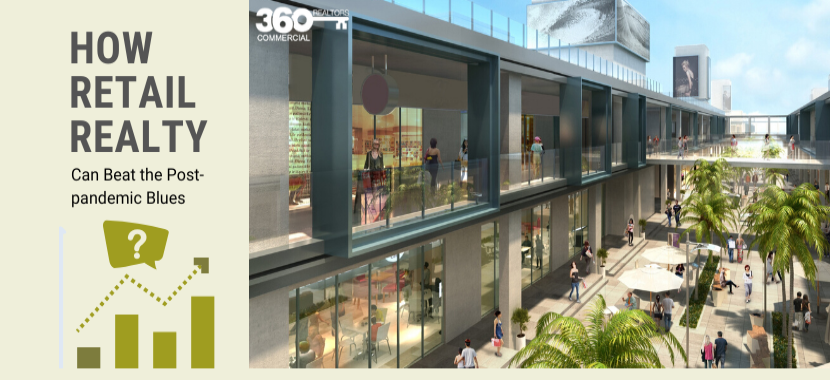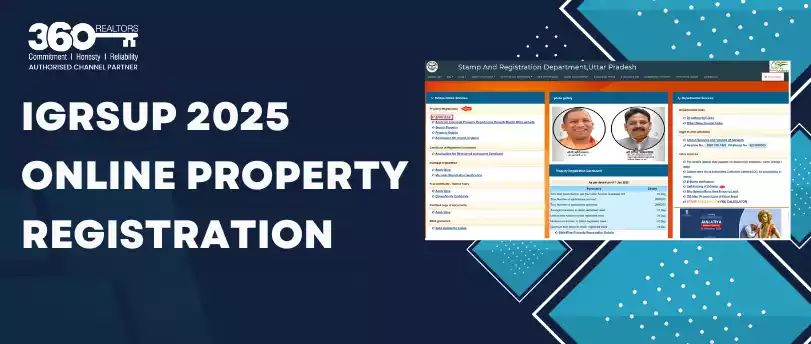As the COVID-19 virus grips the nation, the Indian retail industry and malls anticipate an adverse impact on their businesses. Retail and retail real estate foresees a difficult period even in the post-pandemic era. In this feature, we have presented a SWOT analysis of the current challenges that the retail realty is facing and how it can thwart these challenges by reinvigorating and upping the ante of its digital game.
Challenges that retail realty is dealing with:
Mall owners are facing a challenge of retaining present tenants and in future this challenge will double as they have to not just retain the current tenants but also lease out their vacant spaces. Most of the retail tenants with closed businesses for over a month now are facing serious trouble because of seizure of cash flows. Retail tenants are re-negotiating on rental deals and they will continue to do so in the future as well because the businesses will not come on track overnight and will take at least six months or so to get back to normalcy. In such a situation, retailers will try to alter their business strategies. It is imperative for malls to work closely with such tenants and ensure business continuity post-lockdown.
In the catch-22 situation, even the malls are reeling under severe pressure as the rent of most mall owners goes to the banks for payment of loans. Thus, if mall occupancy decreases and with no chance of increasing existing tenants’ rent, it is prudent for owners and tenants to plan their growth discussions appropriately.
The malls which were under construction are already facing delays. Many developers might altogether scrap the project if it is in the initial stage and think of an alternate business to get the desired returns.
Social distancing will give more impetus to e-commerce:
As social distancing has become a new normal and as witnessed in China as well that even after the lockdown has been lifted not many people are venturing out, the fear of going to crowded places has developed in people and it will be sorted over a period of time. All this will lead to increased online shopping and the brick-and-mortar retailers along with malls need to plan an omnichannel strategy to thwart the e-commerce challenge.
The post-pandemic society will witness a change in consumer behavior and overall lifestyle. The cautious consumer will refrain from spending on luxury, travel, hospitality, movies, fine dine, white goods & expensive gadgets. The consumer mindset will shift toward more savings, as a threat of pandemic relapse is looming large, all this will impact the overall retail consumption.
The recovery from this changed behaviors and shopping pattern is estimated to continue for a period of the next 6-9 months at least. By the last quarter of this FY 2020-21 and the year ahead, 2021-22 will witness the period of normalcy.
The need for creating omnichannel malls for staying relevant:
Convenience is the primary reason consumers opt to shop online. The ease and speed of online shopping has raised consumer expectations for how convenient shopping should be and they carry these expectations with them into the physical store. One promising answer to these challenges is the transformation of shopping centers into omnichannel platforms, an evolution for which they hold both excellent conditions and broad potential.
The consumers now will demand interconnected online and offline channels from where they can freely choose, depending on the product, which channel they use to get information about an item and where to eventually buy it. Malls can get into the expansion of their offerings to online channels and via the combination of all brick-and-mortar and digital channels to provide an omnichannel experience.
The logistics behind the omnichannel strategy:
When it comes to the world of online product searches, malls are still a black box. So the biggest task in front of the malls is to showcase the products available at a centre, including their prices and SKUs on different online channels, such as mall websites, mall apps and SEOs.
On the one hand, services such as Click & Collect or Click & Reserve can be converted into brick-and-mortar purchases and, thus, into additional turnover. Also, showing the products available at a store in the malls on e-commerce marketplaces by linking online and offline platforms will make them serve as so-called micro hubs that deliver the products ordered online to customers. Both effects will increase the productivity of leased spaces and, thus, the commercial success of the mall.
Malls already meet the requirements for transformation into omnichannel platforms: it has the right set of product assortment, retail stores that can be treated as the fulfillment centres, physical vicinity to customers and existing logistical infrastructure. Furthermore, there will be benefits from potential scaling effects as a result of the advantage of the presence of several stores at one location as well as an increase in efficiency with regard to delivery and logistics. After all, the idea seems to be as useful as it is promising: If the transformation of malls into omnichannel platforms turns out to be successful, they will not only reinvent themselves as relevant retail locations, but at the same time result in additional benefits for all stakeholders – customers, retailers and investors alike – and also make an important contribution to the successful future of malls and brick-and-mortar retail.
What will be the way forward?
In the meanwhile, reinventing and relearning is imperative for growth. In a world where social distancing has become the new norm, it is absolutely important to upgrade the businesses for staying relevant to the new-age discreet digital customers.
It is crucial to stay connected with the consumers during the lockdown period as well through the usage of social media, surveys, smart digital campaigns and even interesting online contests. It is necessary to be on top of consumers’ minds, not to make profits but to show support during these trying times. Maintaining strong lines of connection and communication is key to maintaining consumer base.
The road to revival might at this point look difficult but with the right set of strategies and implementing them on time, retailers and malls can still run their businesses optimally till the normalcy returns. Until then as an industry, constant reinventing is the only key for survival.






